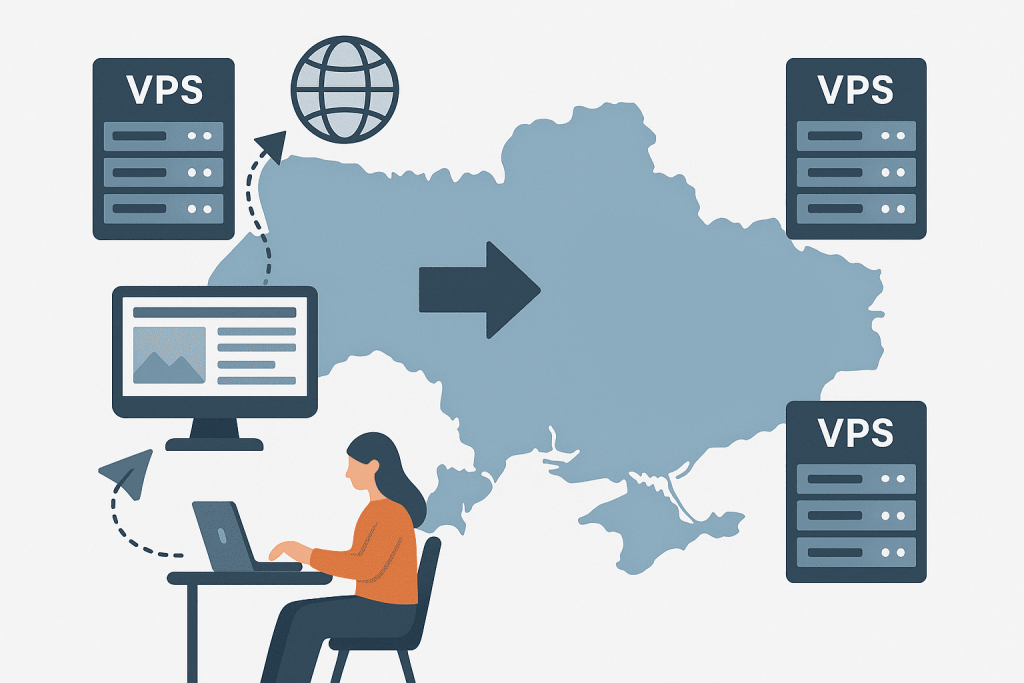
When a business or personal project outgrows the capabilities of shared hosting, the question of renting a VPS server arises. A VPS (Virtual Private Server) is a virtual server with dedicated resources that works independently from other clients on the same hardware. But where is it better to rent such a server — in Ukraine or abroad?
The choice depends on the tasks and priorities of the project owner. In this article, we’ll look at when a VPS in Ukraine becomes the best solution and in which cases foreign data centers are worth considering.
